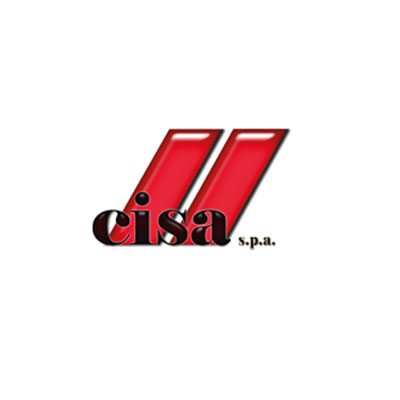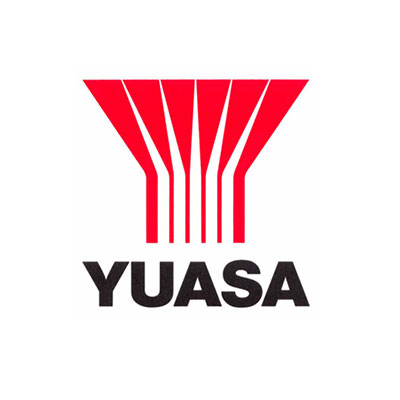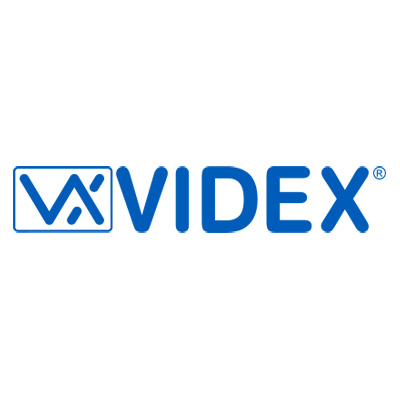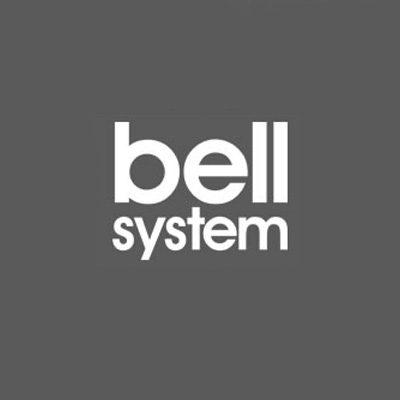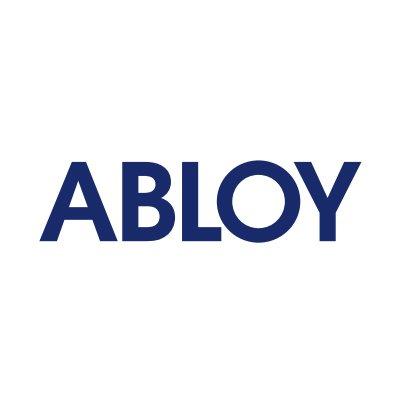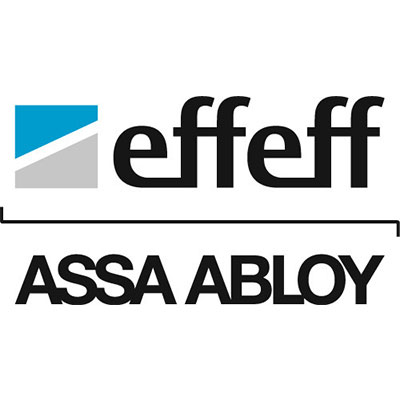Electronic Door Locks & Locking Devices (1,640)

Alpro ALP3000 Simplex Digital Lock
The 3000 Series Simplex Digital Lock provides fully mechanical pushbutton access control for narrow stile aluminium doors, with no electrical wiring, electronics or batteries. Exterior access is by combination or key override. Egress is by Alpro hardware and is free at all times.
Add to Compare